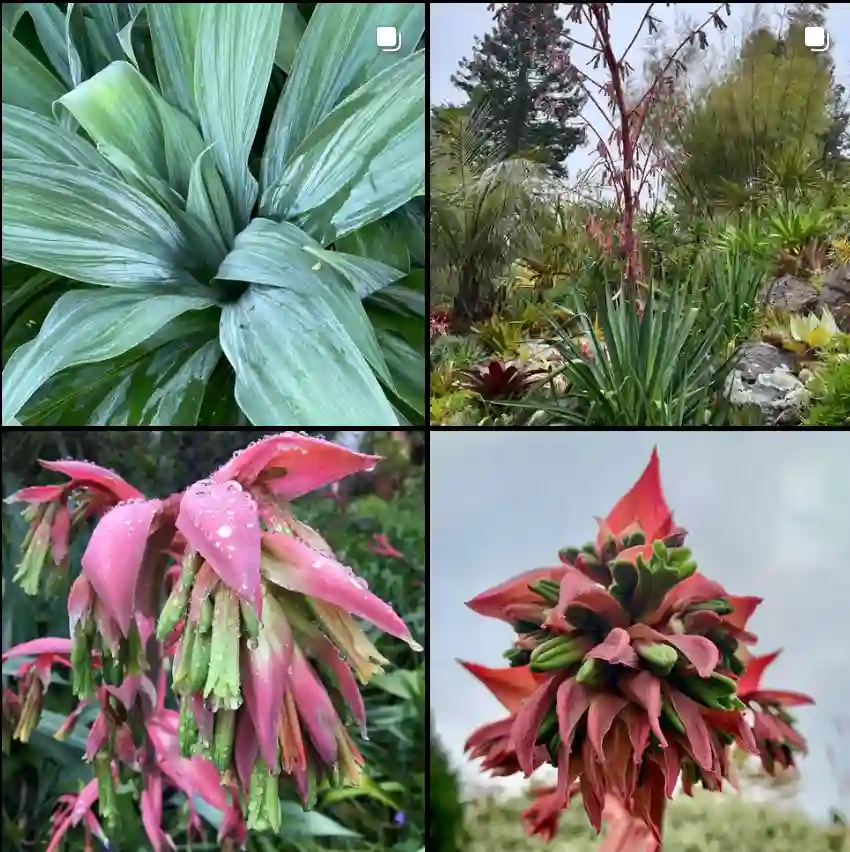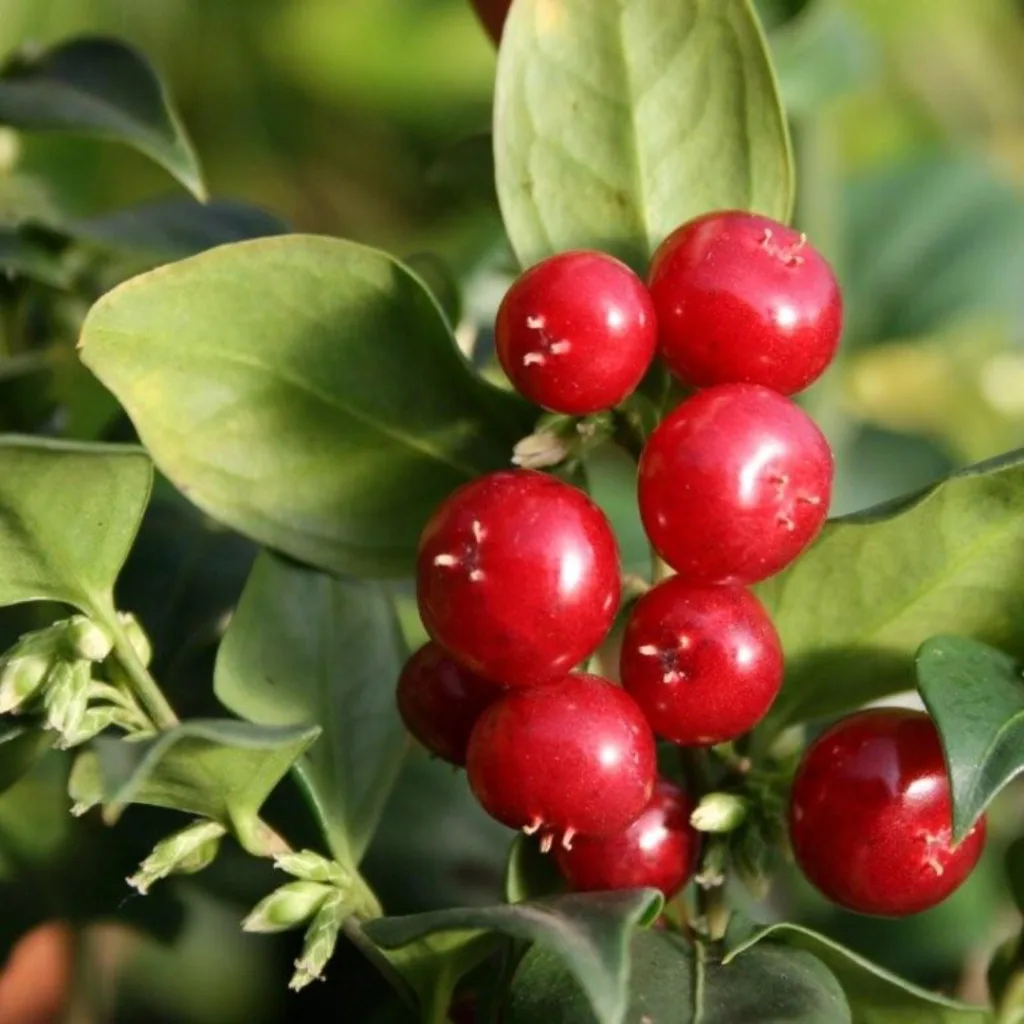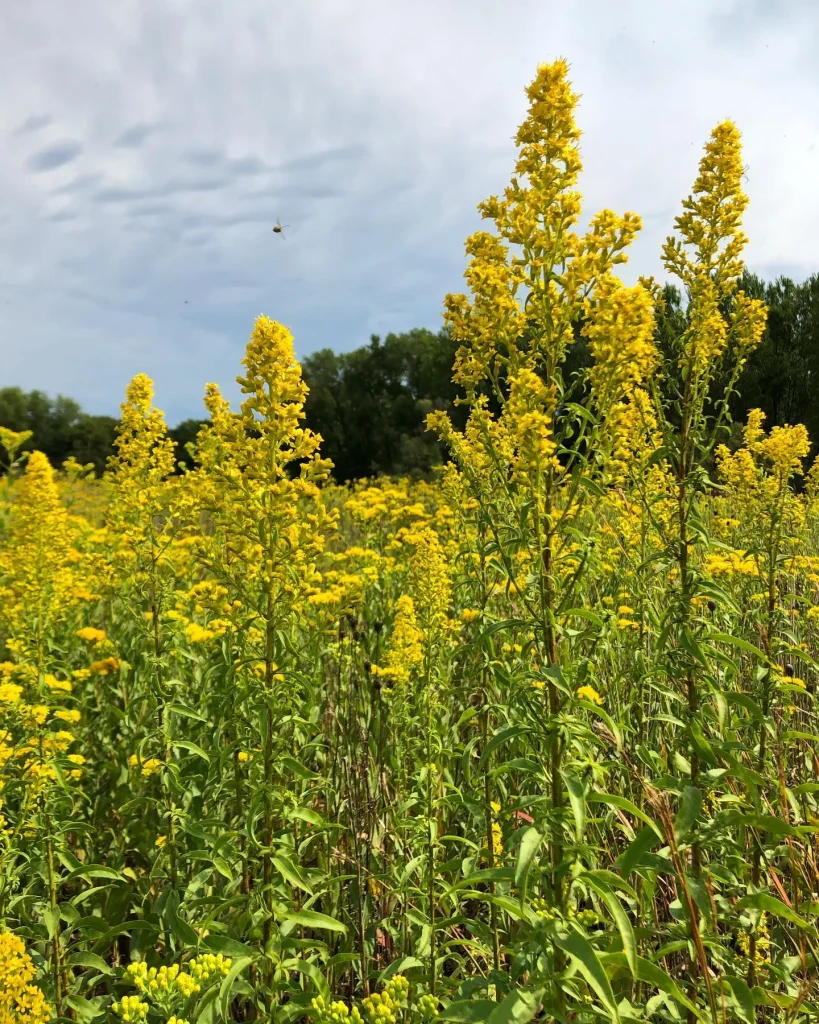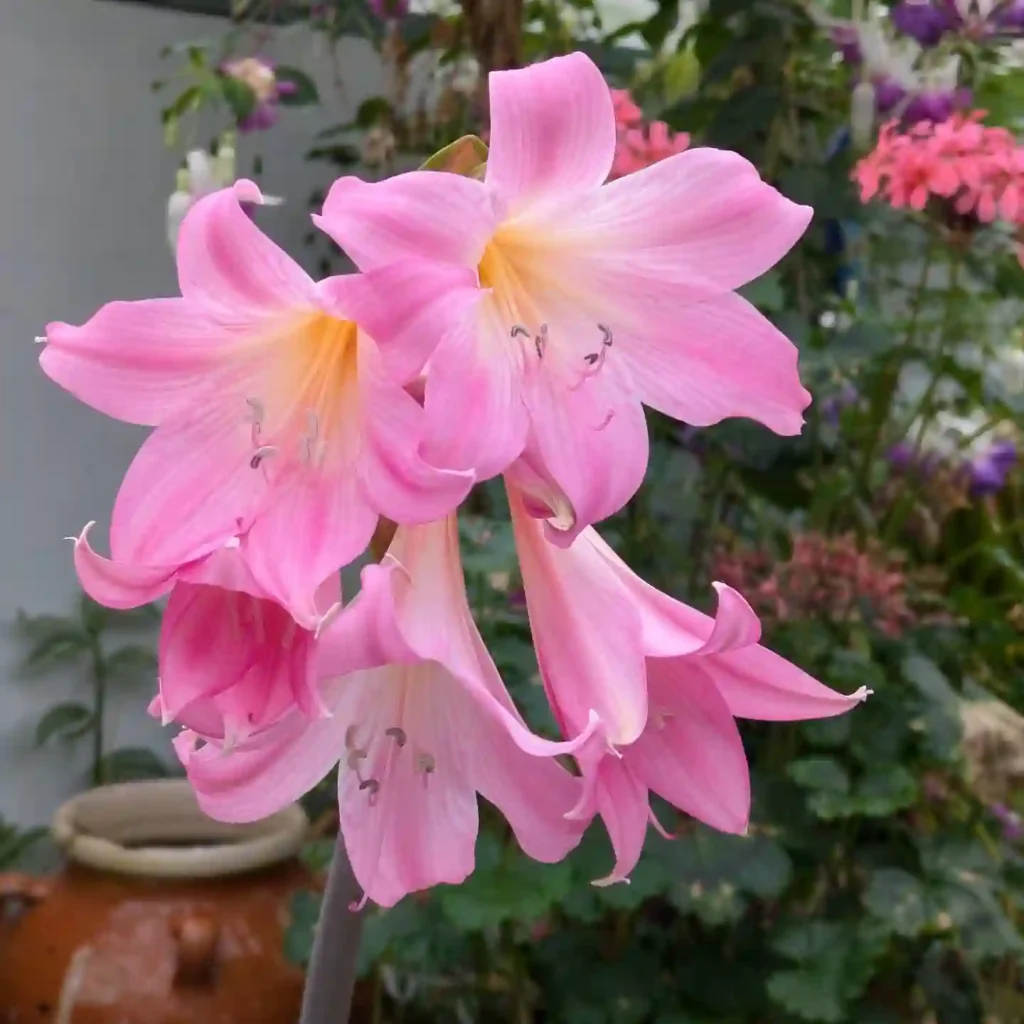Poet’s Narcissus: A Fragrant Beauty with a Storied Past
For flower enthusiasts, the Poet’s Narcissus or Narcissus poeticus holds a special charm. This captivating bloom boasts a rich history, captivating fragrance, and undeniable elegance. Over the years, I’ve fielded many questions about this delightful flower, and I’m here to share my knowledge with you.
166 Species in Genus Narcissus
What is the Poet’s Narcissus?
The Poet’s Narcissus, also known as Poet’s Daffodil, Pheasant’s Eye, and Pinkster Lily, is a bulbous perennial belonging to the Amaryllidaceae family. One of the earliest cultivated daffodils, it’s believed to be the very flower referenced in ancient Greek myths. This captivating bloom features pristine white petals surrounding a shallow, cup-shaped corona, often tinged with a vibrant yellow or edged in red. The Poet’s Narcissus releases a sweet, honey-like fragrance that adds another layer of enchantment to its presence.
Narcissus Poeticus vs Jonquilla
When comparing Narcissus poeticus and Jonquilla, I found Narcissus poeticus to have a more delicate, fragrant scent that lingered subtly, which I really enjoyed in my garden. On the other hand, Jonquilla’s cheerful, bright blooms were more robust and hardy, standing up better to unpredictable weather, which was a huge plus for me. The Narcissus poeticus had a more refined, classic look, but the Jonquilla’s vibrant presence and resilience made it my go-to for adding a splash of color and durability.
How Do I Care for the Poet’s Narcissus?
Planting Poet’s Narcissus bulbs in the fall allows them to establish a strong root system before winter. Select a location with well-drained soil that receives full to partial sun. Space the bulbs roughly 6 inches apart and plant them at a depth of two to three times their own height. Water regularly during the growing season, allowing the soil to dry slightly between waterings.
Once established, these low-maintenance flowers require minimal care. Deadheading spent blooms encourages continued flowering, and feeding with a balanced fertilizer in early spring provides a welcome boost. The foliage will naturally die back after flowering, and it’s best to leave it undisturbed until completely brown. This allows the plant to replenish its energy stores for the following season.
Important Note: While the Poet’s Narcissus is a delightful addition to the garden, it’s important to remember that all parts of the plant are toxic if ingested. Take caution if planting around pets or young children.
How Do I Propagate the Poet’s Narcissus?
The Poet’s Narcissus can be propagated through division of the bulbs. Every few years, after the foliage dies back, carefully lift the bulbs from the ground. Separate any offsets (smaller bulbs) that have formed around the main bulb. Replant the offsets at the recommended depth and spacing, and enjoy the prospect of new blooms in the coming seasons.
What Can I Plant with the Poet’s Narcissus?
The Poet’s Narcissus complements a variety of spring-blooming companions. Consider pairing it with colorful tulips, vibrant pansies, or delicate forget-me-nots. For a touch of texture, ornamental grasses like blue fescue or variegated sedum create a stunning contrast. These combinations not only extend the visual interest of your garden but also attract pollinators like bees and butterflies.
Additional Tips for Growing Poet’s Narcissus
- The Poet’s Narcissus is known for its natural resistance to pests and diseases. However, keep an eye out for slugs and snails, which can damage the foliage. Handpicking or using organic deterrents can help control these garden nibblers.
- Deadheading spent blooms not only improves aesthetics but also prevents the plant from setting seed. This allows it to focus its energy on producing more flowers next season.
- While the Poet’s Narcissus is generally winter hardy, consider applying a layer of mulch in colder climates to provide additional protection for the bulbs.
By following these simple tips, you can cultivate a thriving patch of Poet’s Narcissus in your own garden. Their captivating beauty and intoxicating fragrance will undoubtedly bring you joy for years to come.
If i die, water my plants!



